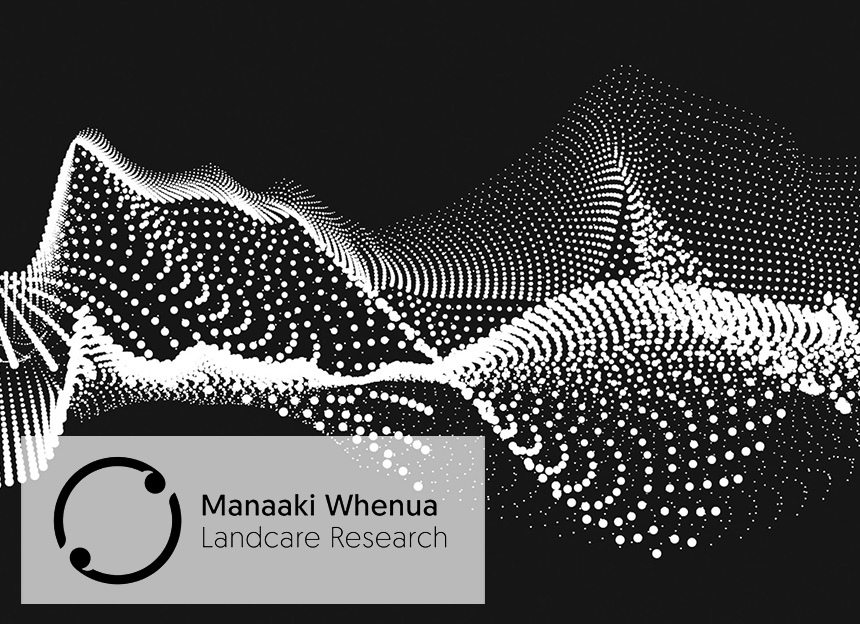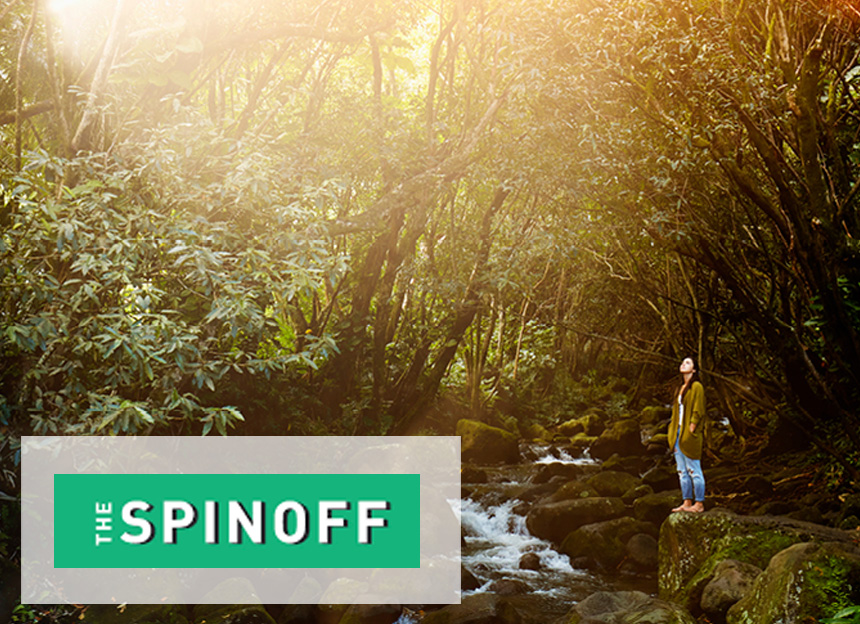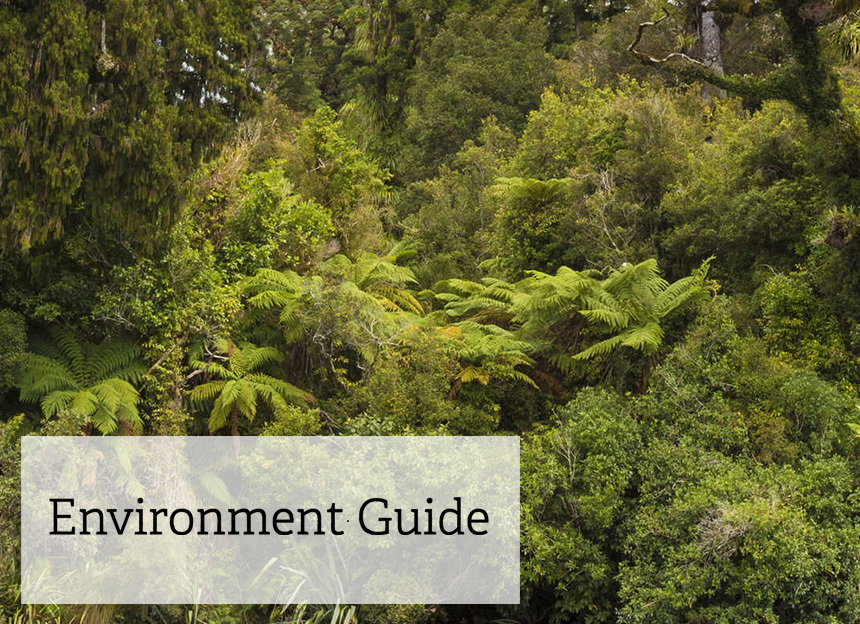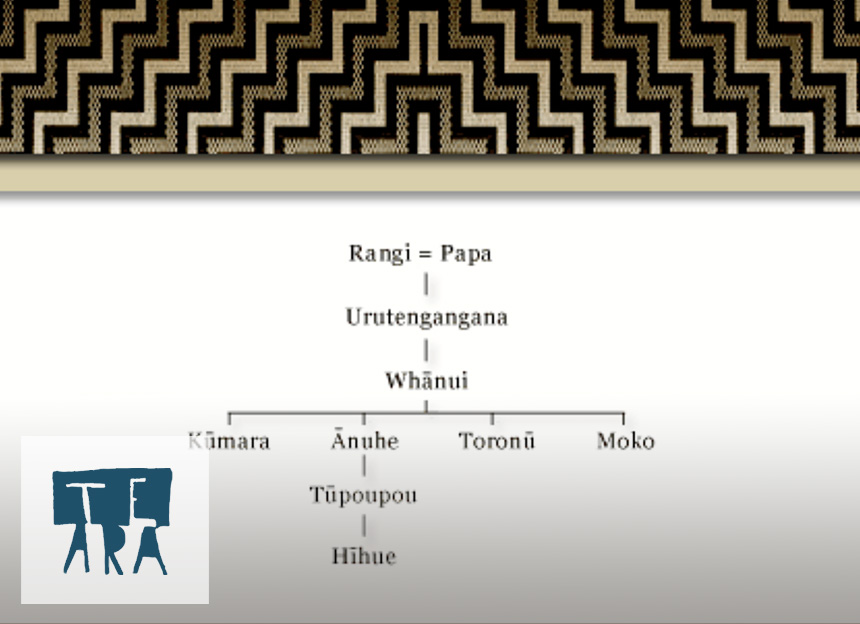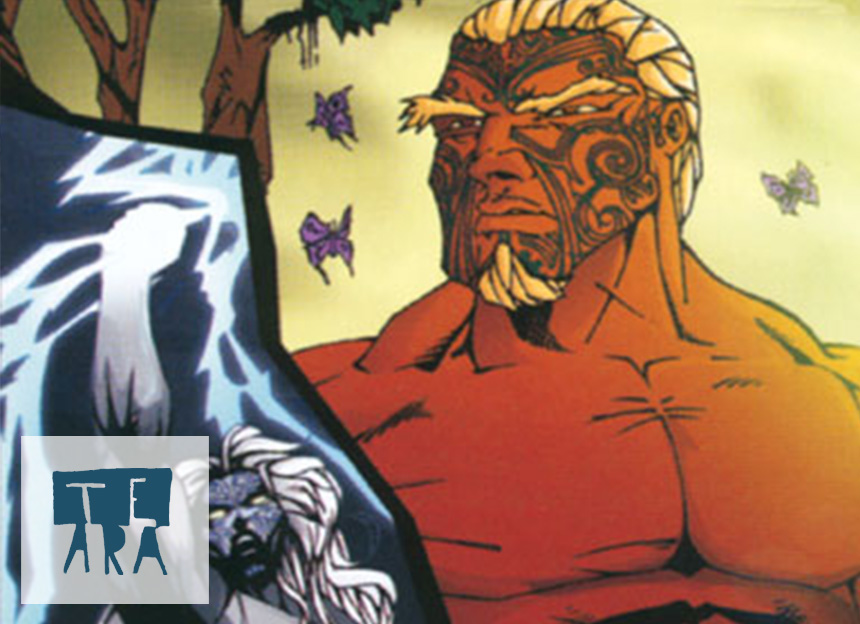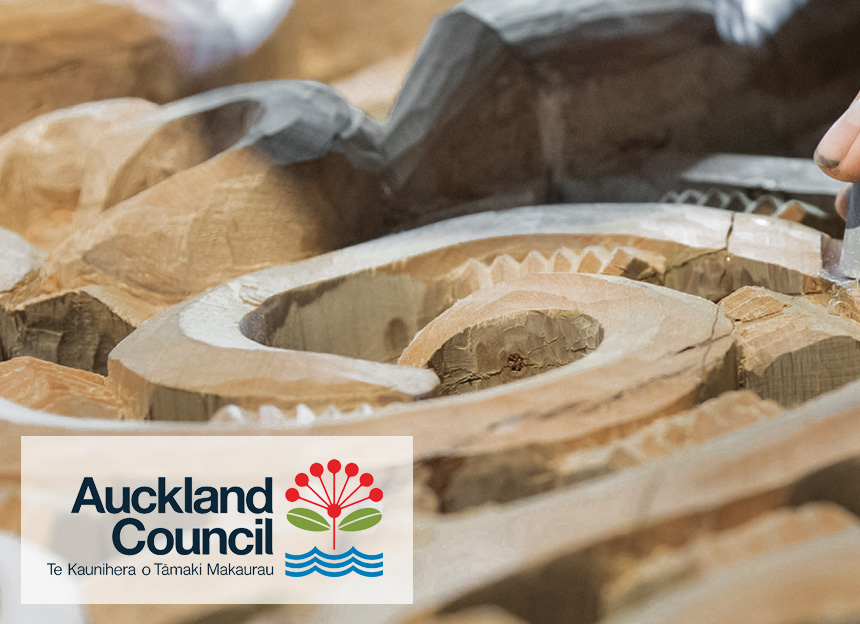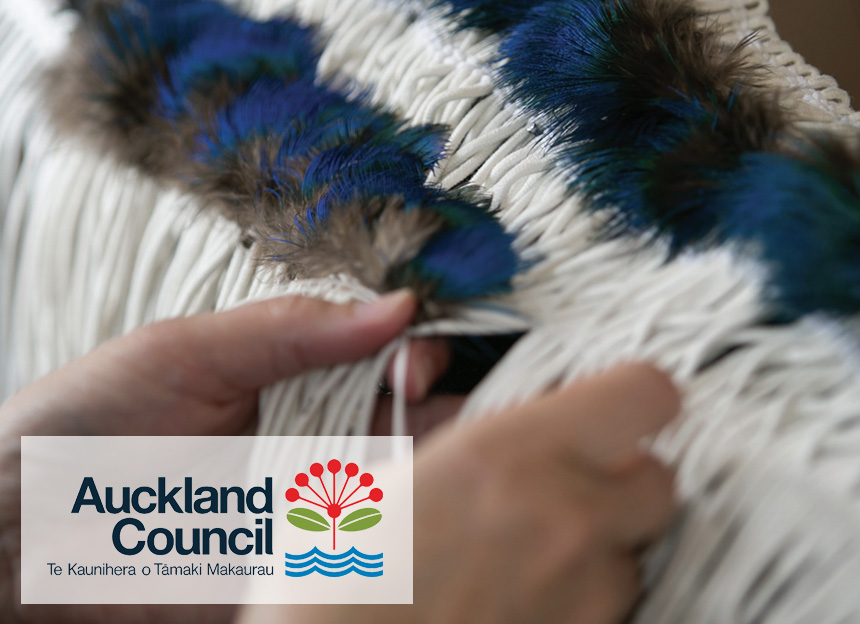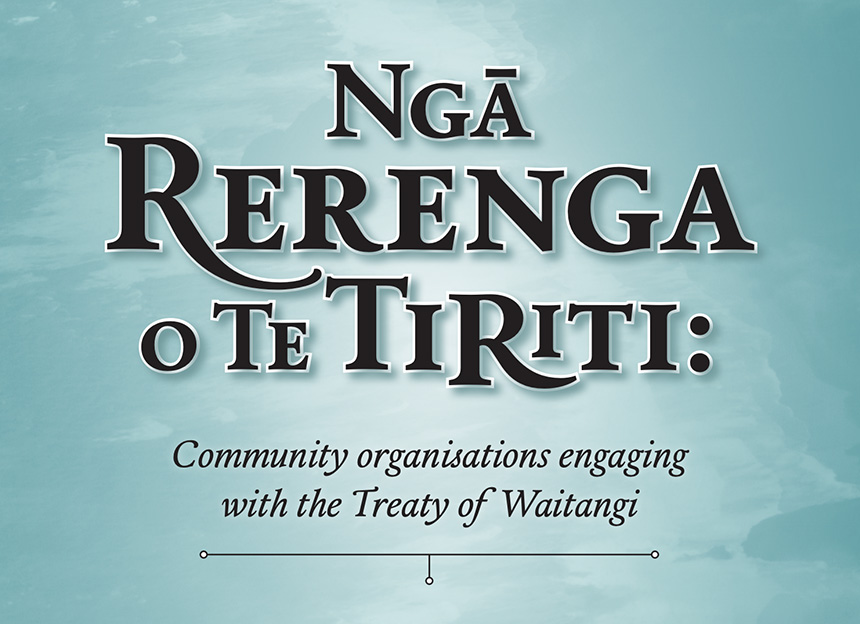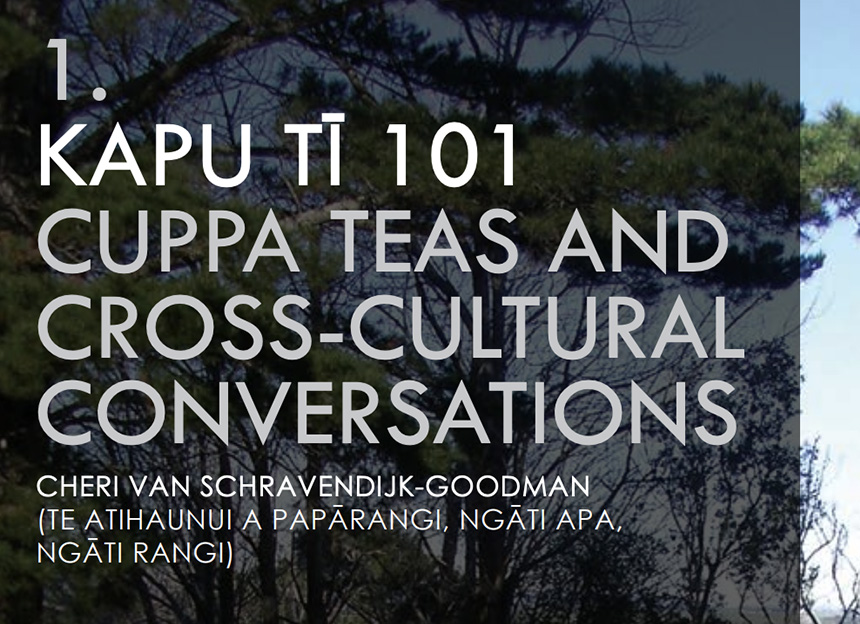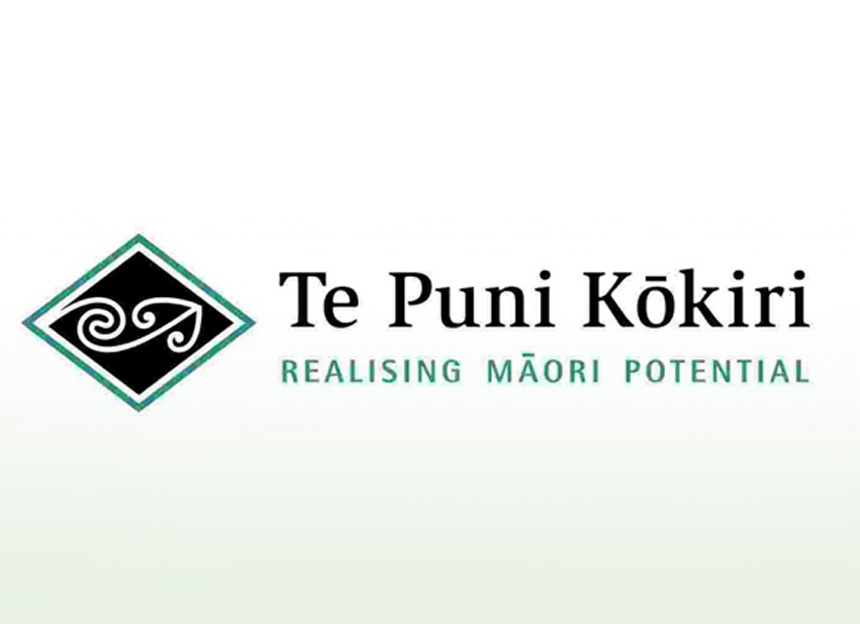Kete Aronui
Resources
Mātauranga Māori
Our Strategic Plan identifies Mātauranga Māori as one of the key guiding principles for our network.
One of Restore Hibiscus and Bays strategic focus areas is Te Ao Maori. To build on this kaupapa, a monthly column will be published below titled ‘He taonga o te rohe’, meaning ‘a local treasure.’ it will be a series of articles and images describing the life and times of local manawhenua and the rich history and environment that once flourished in the area.
May 2022
He taonga o te rohe
A local treasure
One of Restore Hibiscus and Bays strategic focus areas is Te Ao Maori. To build on this kaupapa, a monthly column will be published titled ‘He taonga o te rohe’, meaning ‘a local treasure’. It will be a series of articles and images describing the life and times of local manawhenua and the rich history and environment that once flourished in the area.
KAHUMATAMOMOE
Kahumatamomoe left Tahiti on the Te Arawa waka sometime in the 14th century. Upon landing at Whangaparāoa peninsula they discovered a beached sperm whale. Hence the name Whangaparāoa meaning sperm whale bay. They argued with the crew of Tainui waka over the whale meat and oil. The Te Arawa waka sailed south and named Mairangi bay after their ancestor Ohomairangi. Okahu Bay and Te Arai Roa a Kahu (Waiheke island) were both named after Kahumatamomoe. Te Arawa eventually landed at Maketu in the Bay of Plenty. Kahumatamomoe returned to the Hauraki Gulf and crossed over to Kaipara where he named the harbour after himself Kaiparapara-a-Kahumatamomoe. A bridge across the new Puhoi to Warkworth flyover at Mahurangi was named Tapuwae o Kahumatamomoe by his descendant Mook Hohneck from Ngāti Manuhiri. There are 19 generations of descent from Kahumatamomoe to our manager Mel Whaanga.
Artist Impression: Te Arawa waka making the crossing from Polynesia to Aotearoa. Source www.heaokotahi.co.nz
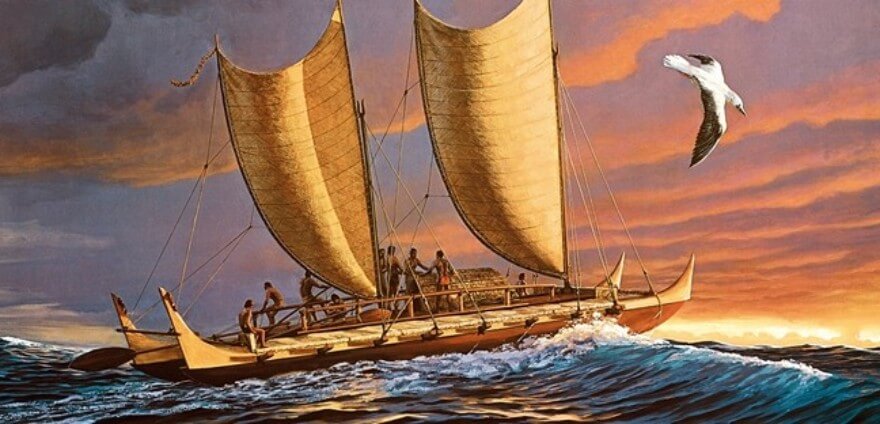
April 2022
He taonga o te rohe
A local treasure
One of Restore Hibiscus and Bays strategic focus areas is Te Ao Maori. To build on this kaupapa, a monthly column will be published titled ‘He taonga o te rohe’, meaning ‘a local treasure’. It will be a series of articles and images describing the life and times of local manawhenua and the rich history and environment that once flourished in the area.
TE KURA
Okura bush, river and bay is considered by many to be the ecological crown jewel of the Hibiscus and Bays area. It is named after Te Kura who was a living treasure to her Ngāti Ngaoho people. Rosanna Whaanga from the uri of Maraeariki shares her personal insight into Te Kura and the area she once ruled over.
My name is Rosanna Whaanga and Te Kura is my grandmother of 14 generations. The Okura bush and bay area is named after her. She was a direct descendant of Hoturoa from the Tainui waka. Her father was a ruling chief of the Ngaoho people who occupied the North Shore area. Te Kura was a beautiful Rangatira (Chieftainess). In the 15th century her people were conquered by two Rangatira from Taranaki and Kawhia named Makinui and his bother Mataahu. The first battle occurred south of Te Oneroa o Kahu (Long Bay) at a place called Whakarewatoto. The second decisive battle happened at Okura in Karepiro Bay, which is now called Dacre Bay. Mataahu spared Te Kura and married her in a peace making ceremony. They lived in a village at the mouth of the Okura river where Te Kura gave birth to Rehua. The whanau moved to Te Haruhi Pa on the Whangaparāoa peninsula. Eventually they relocated to Houturu (Little Barrier Island). Today the Island is a bird sanctuary. Their son Rehua went on to conquer Aotea (Great Barrier Island) where he became the eponymous ancestor of the Ngāti Rehua people.
14 generations of descent from Te Kura to Rosanna Whaanga:
Te Kura(f) = Mataahu
Rehua = Hinurere(f)
Te Rangituangahuru = Rangiarua(f)
Rurukaiapu = Tarawaikato
Te Ngaiea =
Waiau (Waiapu)
Korio = Te Wao
Te Wehi = Te Tira
Takaau Te Wehe(f) = Kewene Tama Kotore
Raihi Miraka(f) = Ngawaka Pukehuia
Nupere Ngawaka = Rihipaea Davies(f)
Te Ruahuihui Ngawaka(f) = Frederick Beazley
Ratanui Mitchell Beazley = Rangitahi Dawn Opai(f)
Rosanna Beazley(f) = Mel Whaanga
Photograph: Rosanna standing in front of her carved ancestor Te Kura in Long Bay, North Shore.
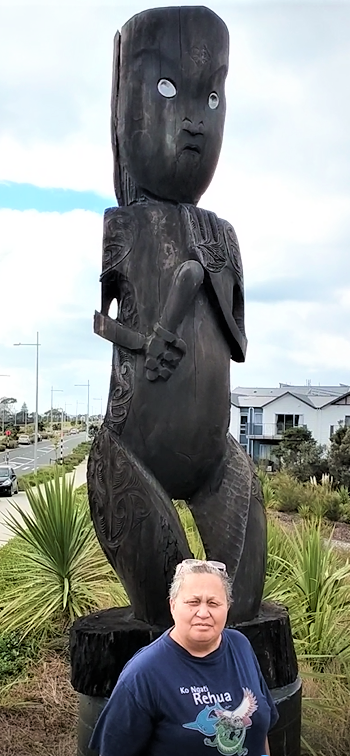
March 2022
He taonga o te rohe
A local treasure
One of Restore Hibiscus and Bays strategic focus areas is Te Ao Maori. To build on this kaupapa, a monthly column will be published titled ‘He taonga o te rohe’, meaning ‘a local treasure’. It will be a series of articles and images describing the life and times of local manawhenua and the rich history and environment that once flourished in the area.
MAKI
The principal ancestor of the Hibiscus and Bays area is Maki-nui, or Maki as he is known by his descendants. He and his brother Mataahu came from Taranaki and conquered Auckland in the 15th century. Hence the name ‘TāMaki’. Maki settled at Korotangi Pā at Ōpahi bay in Mahurangi West. Part of the pā site is still owned by his descendants today. When Maki died, he was buried near Waiwera. Maki’s mana passed down to his sons. Maki’s eldest son Manuhiri settled at Pākiri, and his younger son Maraeariki settled in the Hibiscus and Bays area. Maraeariki is the eponymous ancestor of Ngāti Maraeariki. He settled at Puke Taniwha kāinga which is located at the head of the Ōrewa river. When Maraeariki died, his mana passed onto his daughter Kahu, hence the Ngāti Kahu of the area. Many places are named after her including Te Whenua Roa o Kahu (North Shore), Te Oneroa o Kahu (Long Bay). Ōkahu Kāinga at Ōrewa and Puhoi and Kahu’s Pā (near Archer’s Bush). Kahu married Ngāti Whātua ariki Pokopokowhititera and lived at Maraeariki in Ōrewa. Marukiterangi. the daughter of Kahu was the wife of the Te Kawerau ā Maki, founding ancestor Tawhiakiterangi. From Kahu descends the local iwi of Ngāti Manuhiri, Te Kawerau ā Maki, Ngāti Maraeariki and Ngāti Whātua.
By Mel Whaanga.
Carving from Te Kawerau ā Maki. This pou stands guard over the forest of the Waitākere Ranges at the Arataki Visitor Centre. Photo Credit: Simon Smith/Stuff
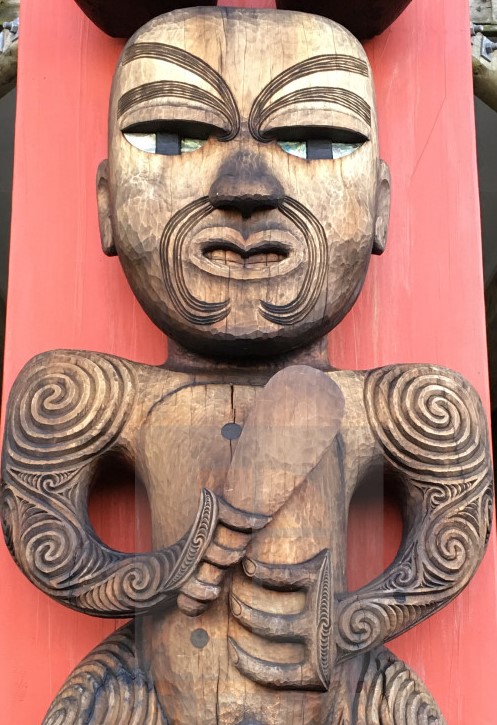
Resources
Restore Hibiscus & Bays is committed to honouring te Tiriti o Waitangi and continuing to further our understanding of how Māori worldview can be integrated into our work.
Below is a collection of external resources that our network members may like to use to help us build our collective understanding of the relationship of Tangata Whenua to Papatūānuku and Ranginui, including the significance that Te Ao Māori has in conservation today. There are also some guidelines for working with Mana Whenua and some good Te Reo Māori language resources.


